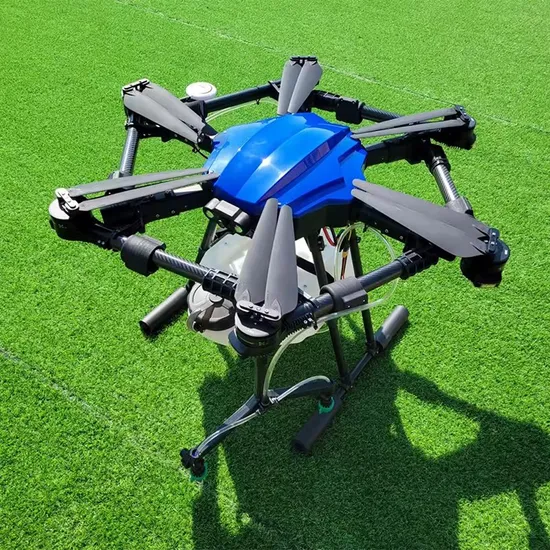
Nestled in the mountainous Caucasus region, Armenia is a nation where agriculture is woven into its cultural and economic fabric. With 15% of its workforce engaged in farming and 20% of GDP tied to the sector, the land—carpeted in orchards of apricots, vineyards, and fields of wheat—feeds both its people and global markets. Yet, this ancient agricultural heartland faces modern hurdles: fragmented mountain plots, a shrinking pool of young farmers, and the urgent need to balance productivity with sustainability. Enter Chinese agricultural drones—innovative tools engineered to conquer rugged terrain and redefine efficiency—now sowing the seeds of a smarter, more resilient Armenian agriculture.
Armenia’s Agricultural Challenge: Tradition Meets Modern Demands
-
Fragmented Terrain: Over 80% of farms span less than 2 hectares, scattered across steep hillsides and narrow valleys. Traditional methods like manual spraying or fertilizing are slow, labor-intensive, and inconsistent.
-
Labor Shortages: With 30% of rural youth migrating to cities or Russia for work, aging farmers (many over 55) bear the burden of physically demanding tasks. “Finding workers to spray our 5-hectare apricot orchard? Impossible,” laments Vartan, a fourth-generation farmer in Gegharkunik Province.
-
Resource Pressures: Water scarcity plagues mountainous regions, where inefficient irrigation wastes precious resources. Pesticide overuse, driven by labor constraints, contaminates soil and threatens exports to the EU, Armenia’s top market.
Chinese Drones: Built for Armenia’s Mountains and Markets
Tailored to the Highlands: Durability Meets Agility
-
Terrain Mastery: Equipped with RTK-GPS and 3D obstacle avoidance, these drones weave through narrow valleys and hover over terraced orchards, avoiding collisions with rocks or tree branches. Their compact size fits small landing zones, critical for remote mountain farms.
-
Climate Resilience: With cold-weather batteries (-20°C to 50°C) and corrosion-resistant frames, drones withstand Armenia’s harsh winters and humid summers. Dust filters prevent clogging from mountain winds, ensuring reliability in spring dust storms.
-
Efficiency for Small Plots: Lightweight models (under 25kg) comply with local aviation regulations, while AI-driven flight planning minimizes overlap. “One drone can spray 10 hectares in 2 hours—what used to take 10 workers a day,” explains Hasmik, a drone operator trained by Chinese technicians.
Empowering Local Knowledge, Amplifying Impact
-
Farmer-Centric Training: Workshops led by Armenian agronomists teach flight operations, data analysis, and basic repairs. “We don’t just deliver drones—we teach communities to own their progress,” says a trainer. “Vartan’s grandson now fixes propellers—he’s proud to keep our tech in the field.”
-
Affordable Models: Flexible financing and bulk-purchase programs make drones accessible to smallholders. “For the cost of a season’s manual labor, we get a drone that cuts costs by 50%,” says Vartan, now part of a village drone cooperative.
From Struggling Orchards to Thriving Exports: Early Wins
-
Labor & Cost Savings: A 30-hectare vineyard reduced spraying time from 5 days (with 15 workers) to 1 day using three drones. Labor costs dropped by 60%, freeing funds for organic certification—critical for EU exports.
-
Yield & Quality Gains: In Gegharkunik’s apricot orchards, drones targeted aphid hotspots with biopesticides, slashing crop damage from 20% to 5%. “Our apricots now fetch 30% higher prices in European markets,” beams Vartan. “My son is back—he sees drones as the future of our farm.”
-
Sustainability Wins: Precision spraying cut pesticide use by 40%, reducing runoff into Lake Sevan, Armenia’s vital freshwater reserve. “Drones help us protect our environment while feeding the world,” says Hasmik.
Beyond Spraying: Cultivating a Tech-Savvy Generation
-
Youth Engagement: Yerevan’s American University of Armenia now offers drone operation courses, with graduates launching “agri-tech” startups to serve rural cooperatives.
-
Data-Driven Farming: Multispectral sensors on drones map soil health and crop stress, guiding targeted fertilizer use. This aligns with Armenia’s National Agricultural Strategy to boost productivity by 25% by 2030.
-
Global Market Access: Drones help farmers meet EU sustainability standards, opening doors to premium export contracts. “Last year, we exported 200 tons of drones-sprayed grapes to Germany,” says cooperative leader Ani. “Drones made that possible.”

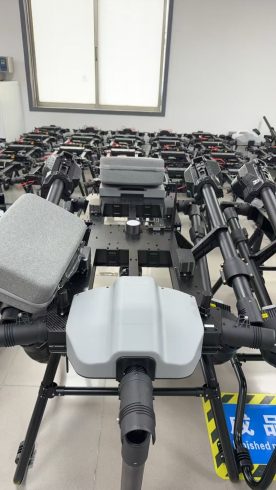
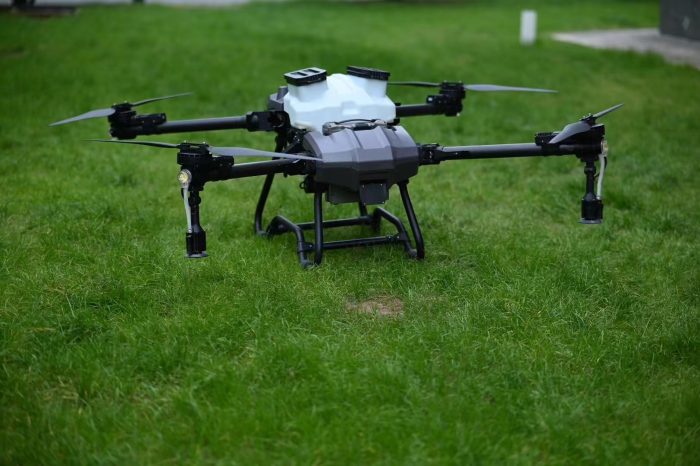

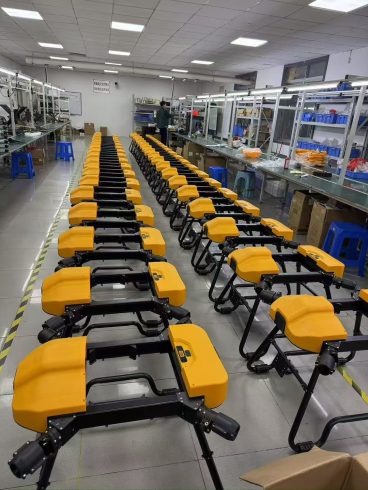
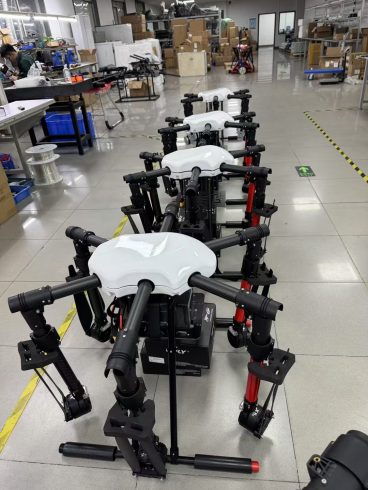

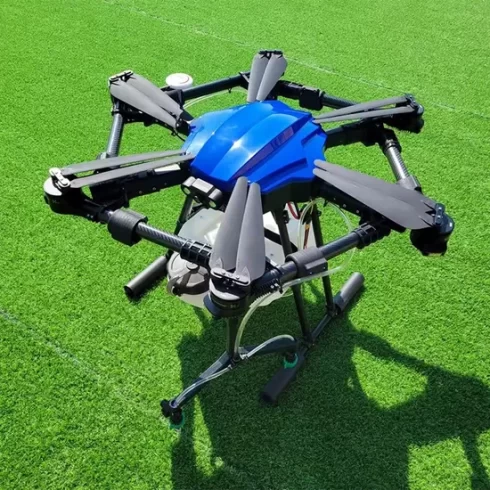


暂无评论内容